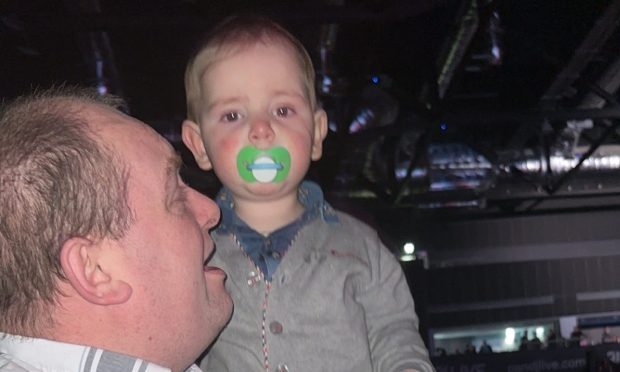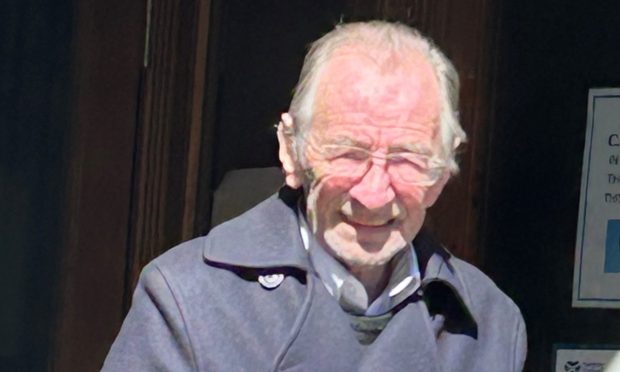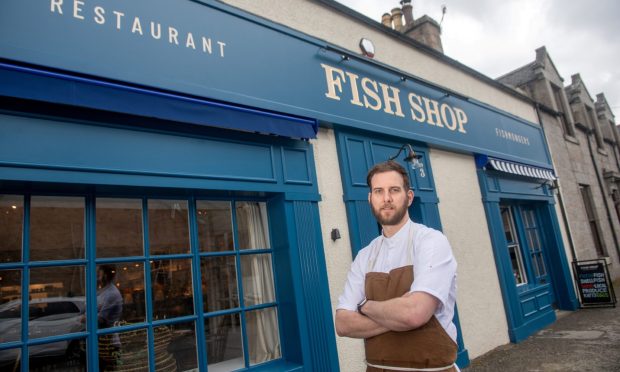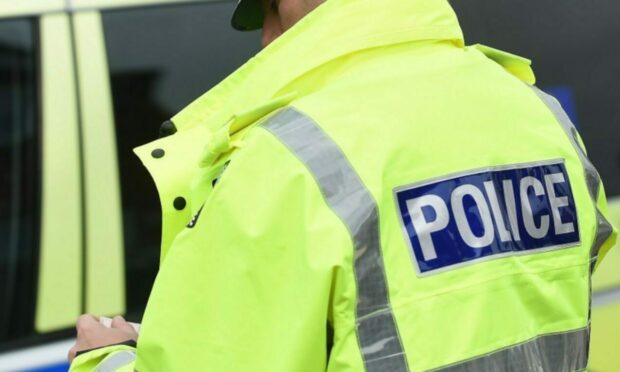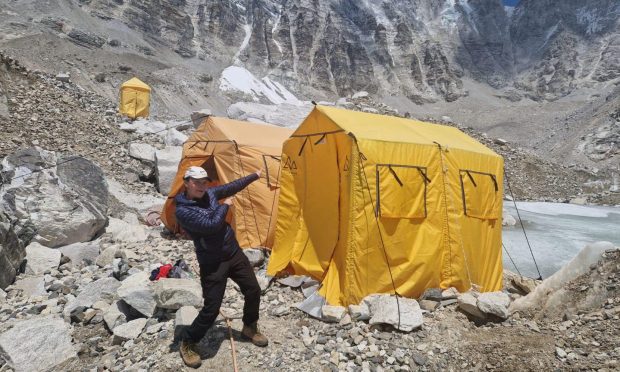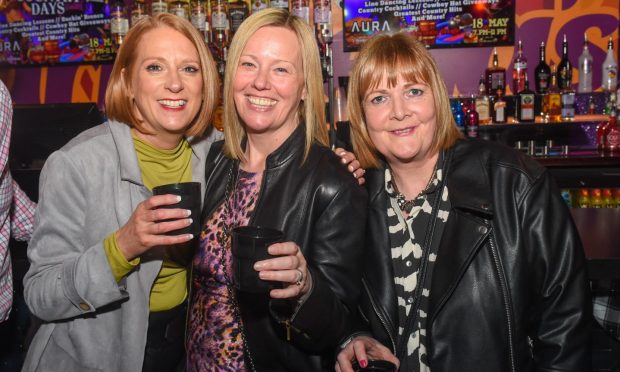Health bosses in the north-east have admitted that recruitment is the most significant challenge they face over the coming year.
Yesterday NHS Grampian held its annual review, where senior management invite members of the public to have their say on the successes and failures of the past year.
It came the same day as it was revealed the board was currently spending more than £100,000 a day on hiring temporary medical staff.
The report, which was discussed at yesterday’s monthly meeting, also showed that both Grampian and Highland boards accounted for 30% of the total spending in Scotland on locums and agency nurses last year.
Annie Ingram, the board’s director of workforce, said the figures were a symptom of the ongoing struggle to fill vacancies permanently.
She said: “It’s not about answering the locum question, it’s about sustainability and resilience in the design of services.
“So we’ve a bit of work to do to ensure we’ve got a service that can be provided by our workforce, because a lot of our gaps are quite long-term.”
Last month the Press and Journal revealed that the board was sending a delegation of four senior staff members to Australia in an effort to recruit nurses to return home.
Ms Ingram said that while the move surprised some it could potentially help to yield significant progress as the board sought to cut the number of vacancies.
She said: “It’s shocking in one sense but it’s important that we have people with transferable skills.
“Commonwealth countries tend to have a similar model of training that we have and there’s also not the language barrier that you might have with someone coming from Spain or Italy for example and therefore they can translate into our system much more quickly.
“I think it’s important that we explore all possible routes for bringing people in. It’s one initiative but it’s part of a bigger whole, no one thing is going to solve this issue.”
Amanda Croft, director of nursing and midwifery, said recruitment was not an issue unique to the north-east.
She said: “We’re not alone in this, it’s a national issue in terms of Scotland and the UK.
“I’ve been involved in national work around how we can recruit nurses and attract them to work in Scotland.
“I think there’s no doubt that nursing is very different to when I trained for example, health care’s changed – it’s very fast, very rigorous, it’s very hard work.
“Areas that we never had problems recruiting to a few years ago, like critical care, we are now struggling to recruit.”

